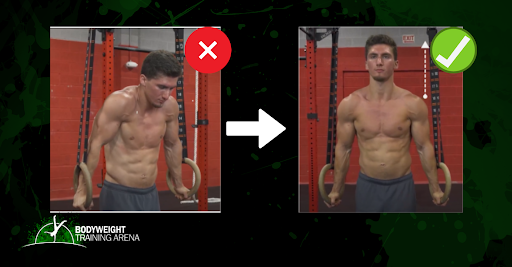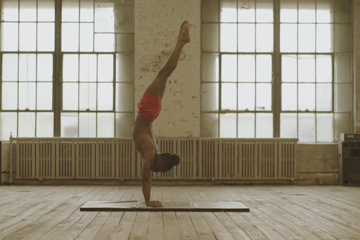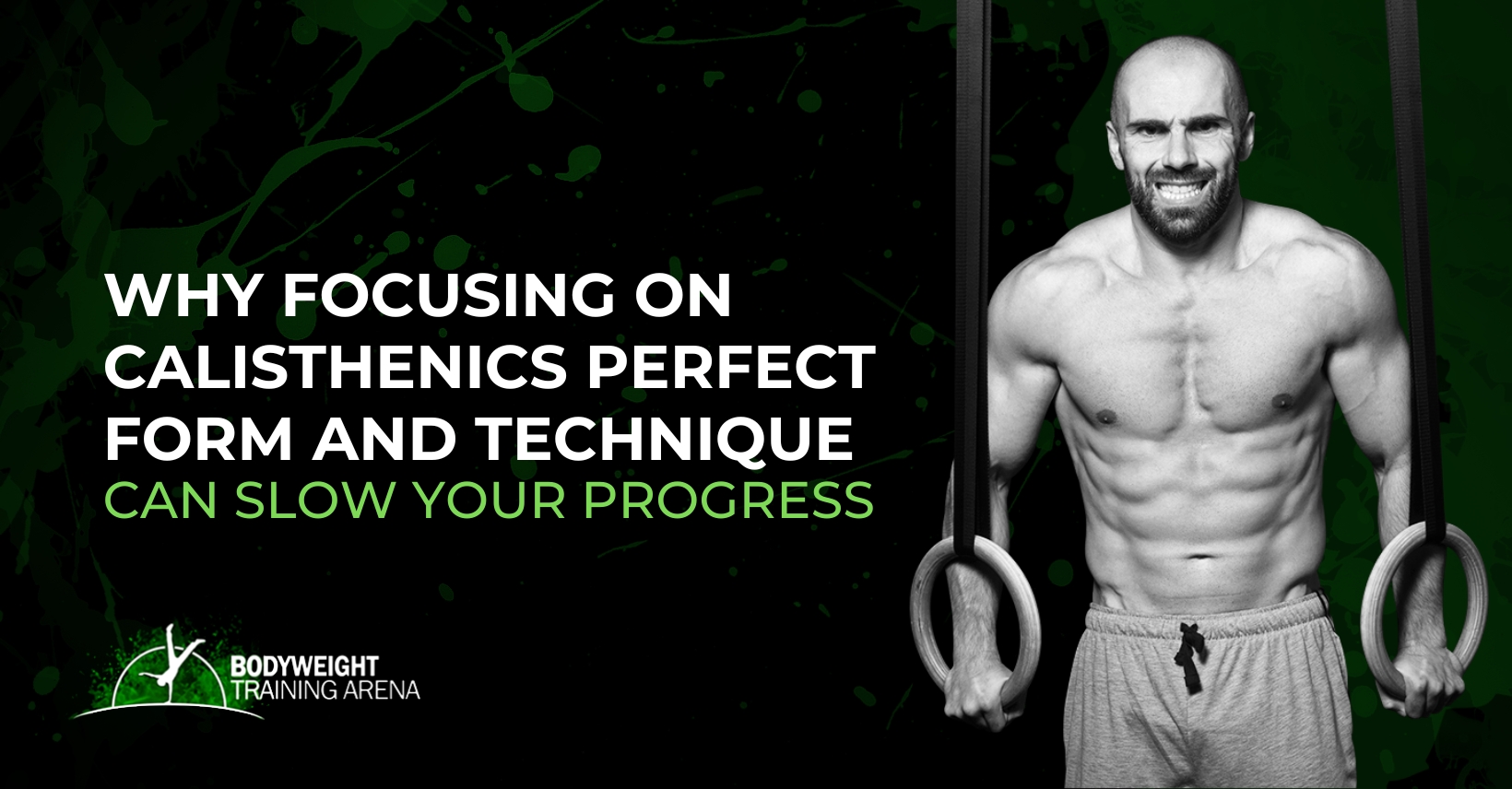
Join the tribe of Movement & Calisthenics Athlete – People just like you that are working with their own body weight to get strength, lose fat build muscle, recover from injuries and live their best lives!
Calisthenics is an amazing physical exercise approach that requires minimal major training equipment for optimal results and achieving your desired body composition.
With the very close resemblance and adaptations from gymnastics and its regulations and standards, the bodyweight training/calisthenics community also has set high regard to practicing the perfect form in any calisthenics routine.
The problem is that focusing on form perfection could be too much that it could be slow down the training progress.
In the article, we’ll be exploring the limiting potential of strict form adherence and how to combat it to maximize your training progress.
This article has been heavily influenced and inspired by Eric of FrinksMovementTV’s Youtube video on Reverse Ego Lifting which we’ll also discuss later on.
Form vs Technique
Form and technique is usually thrown around in the industry interchangeably. It’s not that so bad, but it’s good to identify the slight distinction between the two terms so we can further address the issue of obsessing too much on the perfect form on calisthenics exercises.
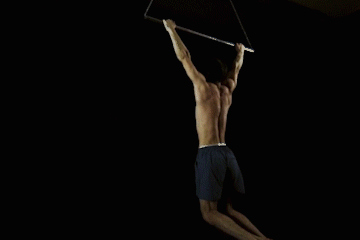
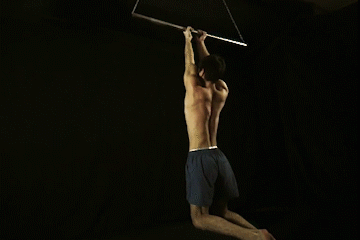

One general exercise done with three different techniques.
TECHNIQUE refers to the general instructions of how to perform an exercise to achieve the specific goals of the exercise.
For example, there are different techniques that can be applied when performing a pull-up. Close-grip pull-ups put a heavier emphasis on the forearms and biceps while a slightly wider than shoulder-width hand position puts more emphasis on the lats. Another good example of pull-ups is the range of motion. Pulling until your chin is over the pull-up bar is already an acceptable range of motion, but so is pulling until your chest is over the bar. Both examples are correct and effective techniques of a pull-up, but for different SPECIFIC purposes.
Ring dips incorrect and correct form in the starting position.
FORM refers to the guidelines on how to perform an exercise as safely as possible to minimize the risk of injuries. The form can sometimes vary as safety on bodyweight exercises are largely individualistic.
For example, squats are commonly performed with the feet shoulder-width apart to get a stable base when performing squats. However, you can also slightly alter the stance to accommodate the many variables when performing squats such as the leg length, muscle length, muscle insertions, hip placement, etc. So the form slightly varies depending on your own body.
All forms of exercises and movement, regardless of whether it’s calisthenics training or weight training, need both proper form and technique if you want to achieve the desired goal as efficiently, effectively, and safely as possible.
Advantages of good form & technique
Exercise science has still provided an ample amount of evidence to support the importance of high-quality form and technique when performing exercises.
Here are the major advantages of why you need to be sticking to following the good exercise guidelines.
Maximize gains
Sound form and technique lead to better gains. These guidelines were set as a standard and many studies have been done on individual exercises showing the superior form can result in better muscle activation, hence much better potential in building strength and muscle.
Gains are not only limited in strength and muscle. This can also transfer for other goals such as mobility, endurance, or even if you just want to improve posture.
Injury prevention
No one wants to get injured and following a good form from the starting position until your final rep minimizes any risks of injury.
This holds especially true for exercises targeting large muscle groups on the upper body that require high demands such as handstand push-ups, planches, and one-arm pull-ups.
REMEMBER: All movements do have an included risk of injury. It’s just that higher impact movements and disciplines such as freestyle calisthenics, show a higher risk. Physical fitness, if done properly helps minimize the potential risk.
Why does bad form happen?
There are three general reasons why bad form can be made, and here they are below:
Lack of awareness
Each exercise has a general form or guideline that can be followed. Especially for beginners, while knowledge is still limited, bad form can stem primarily from a lack of awareness.
Let’s take the chin-up, for example. It’s basically a pull-up with an underhand grip, but the difference in grip already puts a massive difference in the biomechanics of the exercise. Beginners tend also to perceive that as long as you’re being able to pull your body up towards the bar, your good. But you can’t “just pull” into your chin-up. You have to consider your hand placement. Although shoulder-width apart is the common go-to form, a slight deviation into a bit narrower or slider can be made if it suits better your anatomy. While others put cross their legs backward, it’s much more efficient putting your legs in the middle to form a straight line with your body to maximize body tension and maximize pulling strength.
It’s vital to be knowledgeable first to minimize bad form and minimize injuries.
Unpreparedness
Sometimes, not being able to perform an exercise with good form and technique lies in not being strong or mobile enough to meet the demands.
If your body isn’t prepared enough, and this isn’t just about the specific demands, but even the general demands, then form breakdown is most likely to happen.
All calisthenics exercises require a certain level of preparedness for different aspects in order to perform with good form.
For example, handstands should be performed with straight arms to put the emphasis on your shoulders. A slight bend on the arms, adds pressure on your arms which is more likely unable to hold you upright when upside down compared to your shoulder muscles (it’s a much larger muscle group). The slight bend can be caused by weakness of the elbow joint, which means that joint and straight-arm conditioning is a better and safer idea to pursue before attempting the full-on handstand again.
Fatigue
When fatigue sets in, form breakdown is inevitable. We just can’t help it, but it can also be an indicator of the intensity of an exercise. If you’re getting too tired early on just the 3rd rep of a set, while your target is 10 reps, then dialing back the progression then continuing with the reps might be a better choice.
Why form obsession slows progress
Staying in the comfort zone
Tuck planche to advanced tuck. Grind it out slowly, then refine it later.
In our calisthenics workout, we would want to push ourselves to achieve progressive overload. It doesn’t necessarily mean that we need to push 100% all the time, but we would want to improve each session little by little.
This issue usually occurs for experienced athletes more. When focusing too much on perfect form, we forget to work on improving our weaknesses because we want to train where we’re good at.
A good (and persisting for many people) example is advancing from tuck planche to advanced tuck. Many fail to push harder towards the advanced tuck as their tuck planche is already in good form, but when they try the advanced variation, hips sag, and the scapula loses retraction. So instead of understanding the underlying weakness, people stay stagnant in the tuck planche so at least to keep the perfect form.
If you’ve been in the gym for quite some time, you might have heard of the term “ego lifting”. For those who aren’t familiar, it’s basically lifting weights that are too heavy for you. As a result, poor form and bad technique are executed with the false belief of “impressing” others in the gym (No one’s impressed, but more likely concerned with the high risk of injury).
In weight lifting, attention is put more on how heavy are you pushing or pulling so sometimes, form is compromised.
In calisthenics, it’s the opposite. It’s better if you’re sticking a perfect form. So some more experienced athletes tend to focus on form that they are already comfortable with instead of pushing to progressive overload. This is when these calisthenics athletes experience the Reverse Ego Lifting we talked about earlier.
Limits progressive overload
The number one way to improve strength, gain muscle, master calisthenic exercises is through progressive overload.
This can be done by increasing the difficulty of an exercise through moving through the more challenging progression or adding volume (reps and sets).
And since we are only working with our own body weight, calisthenics exercises have more focus and attention on performing the proper form of an exercise rather than just grinding out reps.
This manifests on social media as we usually see only good form exercises, do’s, and don’t tutorials, rather than busting out a number of reps. Compared to weight lifting in which the amount of weight used on an exercise is the main highlight.
So this is when the problem might potentially come into play.
When too focused on form, we might treat as form breakdown the “limit” or “failure” of the set.
For example, you’re training for chin-ups, you obviously want to pull until your chin is over the bar. Let’s say you’re aiming to get 3 sets of at least 6 chin-ups as a beginner. At the 3rd rep of the 3rd set, you felt that you were already unable to perform it with the fullest range of motion so you end the set there.
This set a mental and physical roadblock on your progress as you could have potentially placed a limit too early on that calisthenics exercise. For beginners, you can still get good gains from that training, but intermediates and advanced athletes can drastically slow down their progress with this type of approach.
When form breakdown is acceptable
Slight form deviation is fine while you are still working on the elements and deficiencies.
Minor form breakdown can be an indicator of fatigue, but it doesn’t necessarily say you have to stop pushing to reach more progressive overload.
Calisthenics is strength training
Even if we’re only using body weight as resistance, calisthenic exercises can still develop strength even for more experienced athletes. This means that the implementation of strength training protocols, such as aiming for strength overload, is a must in order to make progress.
You can’t make any headway with your calisthenics strength or skill training if you’re sticking only to a perfect form.
Form breakdown will sometimes be inevitable as fatigue starts to set in during an exercise routine.
But then again, you also have to consider the exercise you are performing and the “form transgressions” you are performing.
Shows potential for growth
If you perform an exercise in a controlled manner, it’s an excellent way for the bad form to manifest so you can identify certain weaknesses in your form and technique which can be further refined.
Let’s take for example a common experience when learning the freestanding straight handstand. People are able to hold it already for 30 seconds but not always with fully stacked shoulders. Most are able to hold it with a slight forward lean in the shoulder which means a lack of overhead mobility.
While there’s a clear weakness in the form, it doesn’t mean that individuals who are in that situation should stop training their handstands. It just means that they need to specifically address the issue by using overhead shoulder mobility exercises while slowly aiming to open the shoulders more during a handstand hold.
Bad form indicators can be used to show the potential you can work on as you slowly get progress through your calisthenics journey.
Form is still important
Form recognition and implementation are still crucial to achieve the fitness and health benefits safely especially for advanced exercises that increase the risk of injury.
But you always have to weigh in and identify the specific situation if a slight deviation on the form is worth the risk for progress.
Conclusion
Training with the perfect form is great, but we should not limit ourselves only to the perfect form as this can massively hinder our progress if we strictly adhere only to a perfect form.
You can’t stay in your comfort zone or just randomly attempt things that are clearly over your current capacity if you want to get really strong and progress in your fitness journey.
Don’t be afraid of movements that expose your weaknesses, as addressing them can further advance you in your overall goals.
We’re only as strong as our weakest links.
What do you think about the perfect form? Is it necessary in calisthenics training?
If you need help moving forward with your form or weaknesses, facing it head-on with a personalised calisthenics approach is the way to go.
The first step to a personalised approach is knowing what your body is capable of so we can provide you with exactly what you need in your calisthenics journey.
TAKE THE ASSESSMENT NOW!

